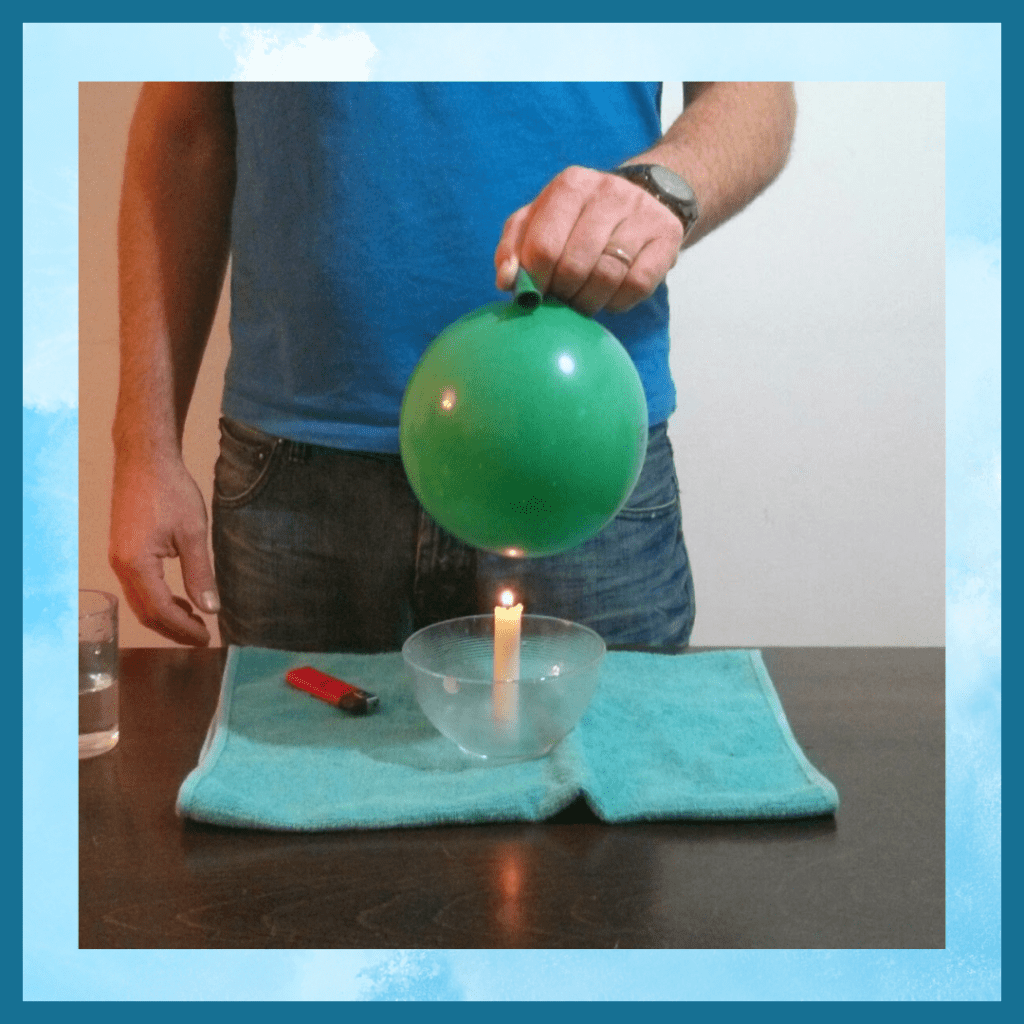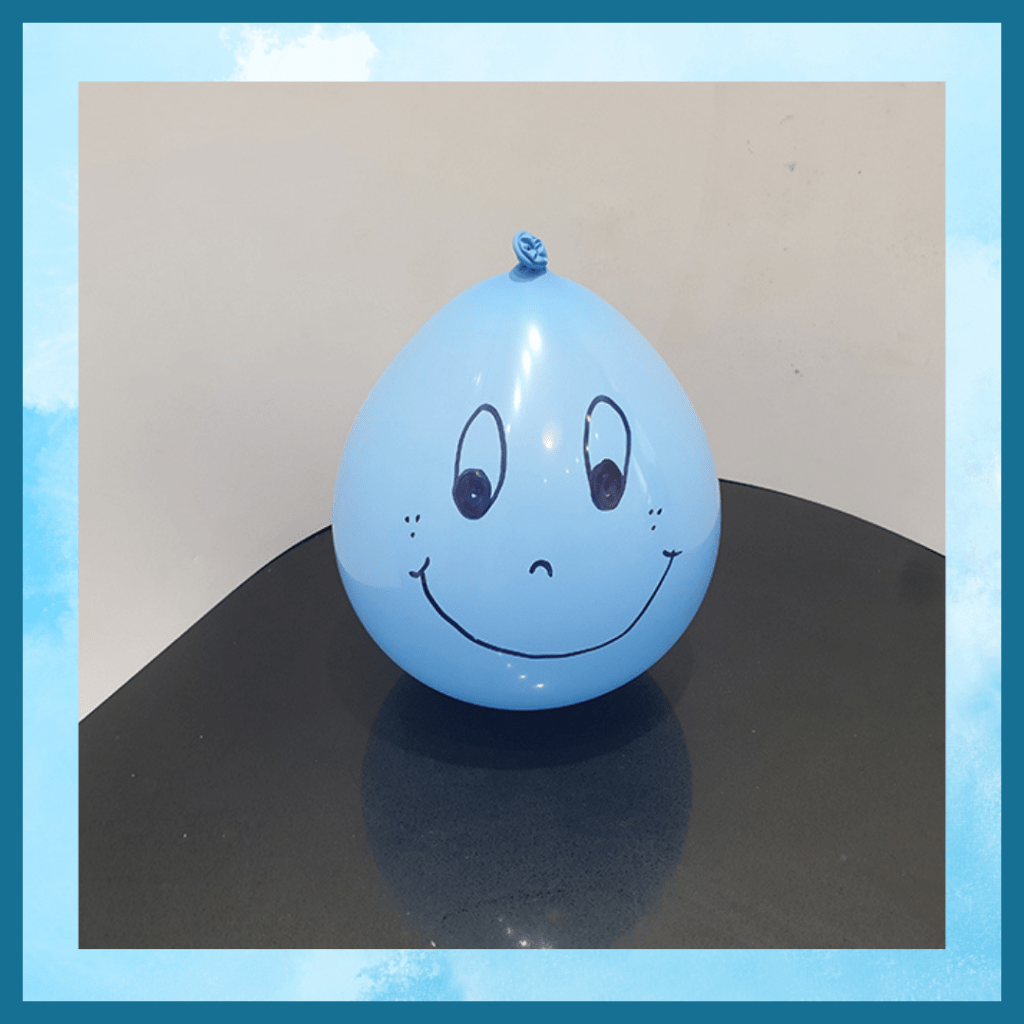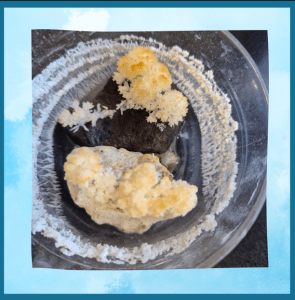Balloon on a skewer
Uncover the mystery behind the magical ‘Balloon on a Skewer’ experiment and learn why it doesn’t pop. This captivating scientific demonstration offers insights into the principles of pressure and elasticity. Join us as we unravel the science behind this intriguing phenomenon and answer the question: How can a balloon survive being skewered?
What you need:
- A balloon
- A wooden skewer
What to do?
- Inflate the balloon and tie it.
- Push the skewer into the balloon at its base, close to the knot.
- Gently push the skewer out of the other end of the balloon at the point where the rubber is thickest.

What is happening?
The big secret here is the position where we stick the skewer into the balloon. If we stick the skewer into the side of the balloon, the balloon will pop.
Therefore, we will stick the skewer in places where the rubber is thick and loose and not thin and tight.
The rubber is a polymer that consists of very long molecules, like a bowl of spaghetti. The flexibility of the polymer allows the rubber to stretch. When we inflate the balloon, the rubber is stretched almost to the limit and each puncture tears the rubber. At the base of the balloon and in the center of the balloon there are places where the color is darker. At these points, the rubber is not stretched, and the skewer can be inserted there.
At these points, the skewer can tear some of the molecules and there will still be enough molecules to hold the rubber without tearing.
More balloon science to explore:
We’d love to showcase your creativity!
Share pictures of your experiments with us, and together, we can inspire young scientists everywhere!
















